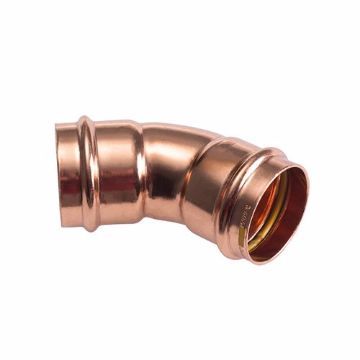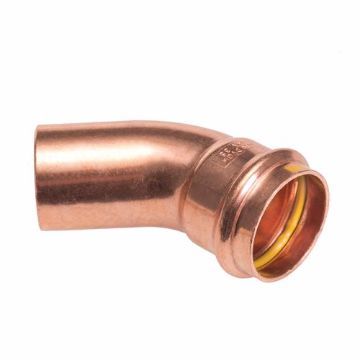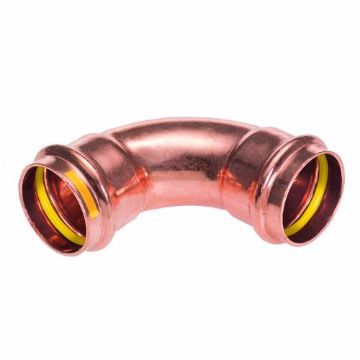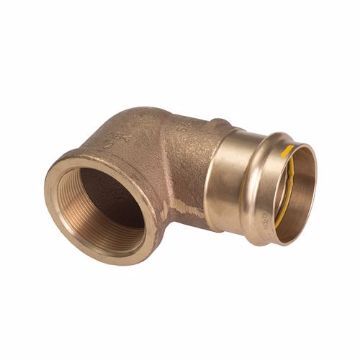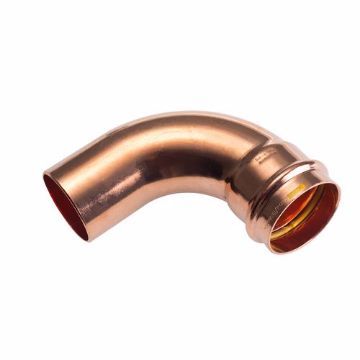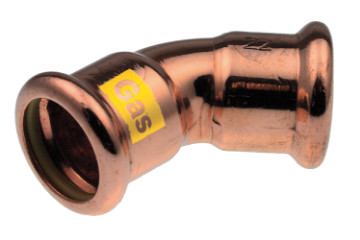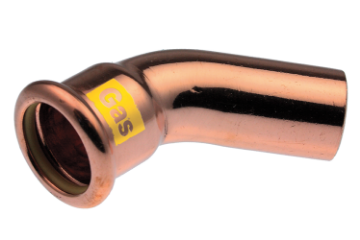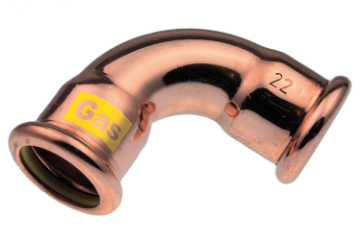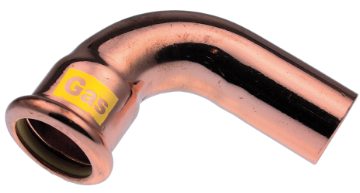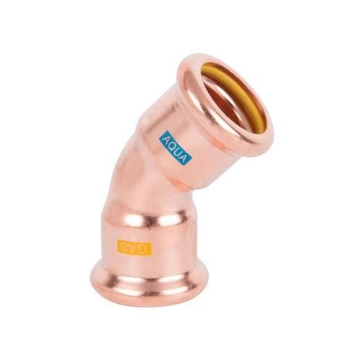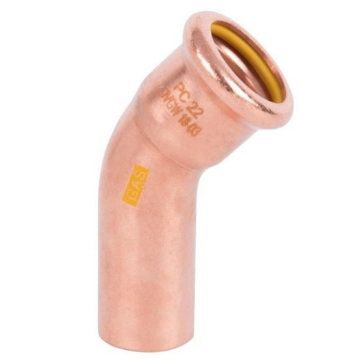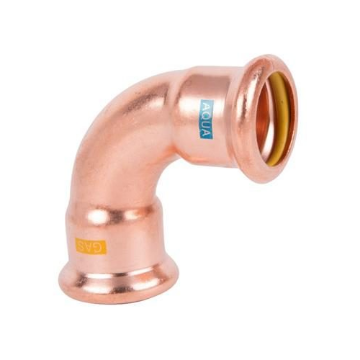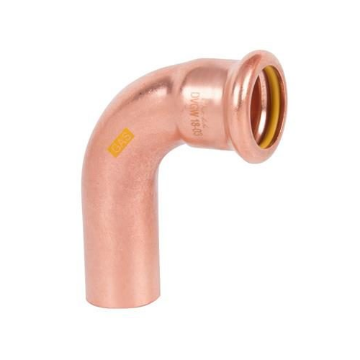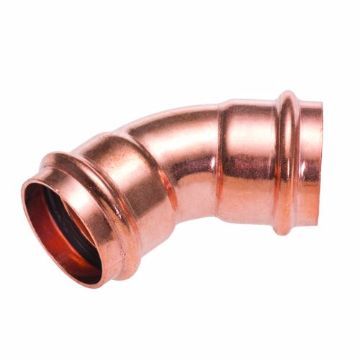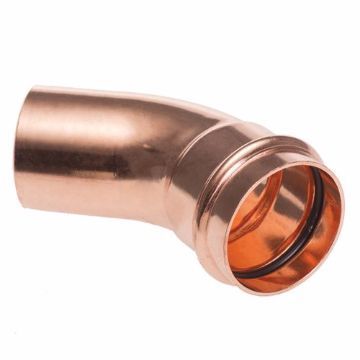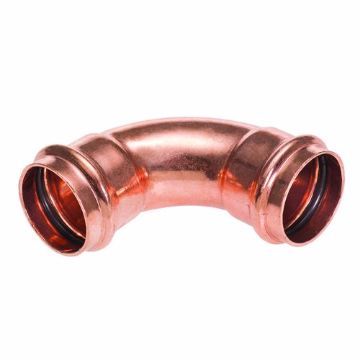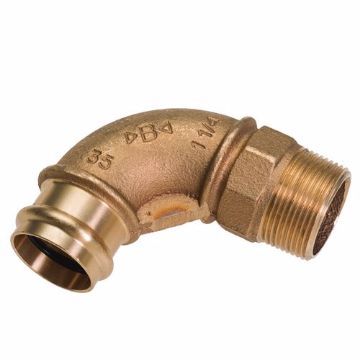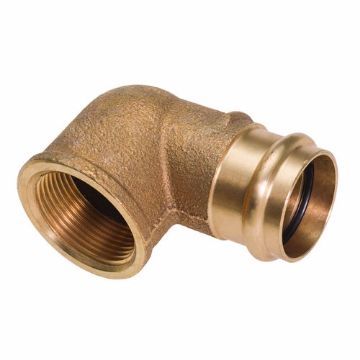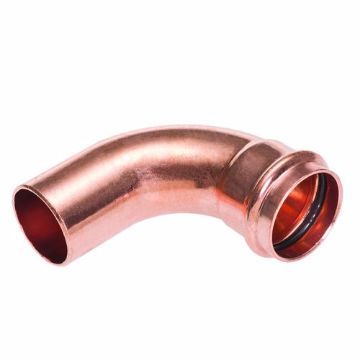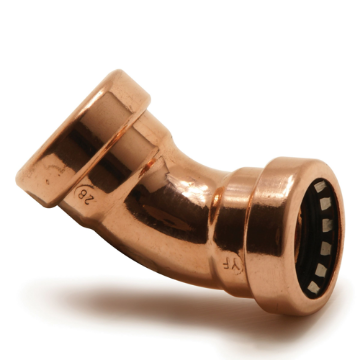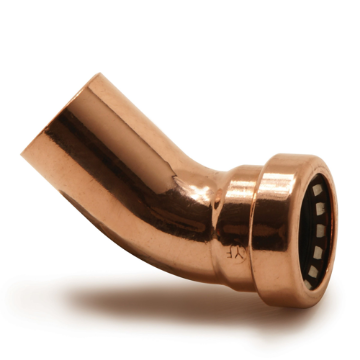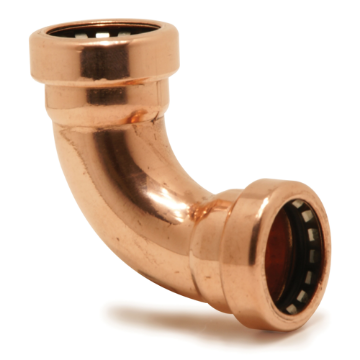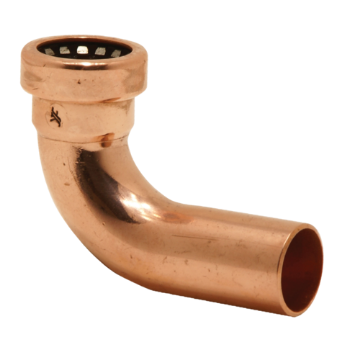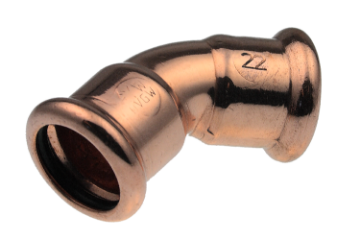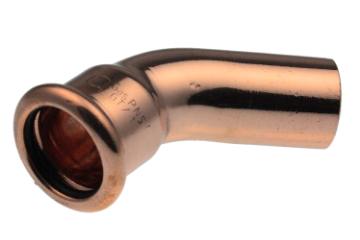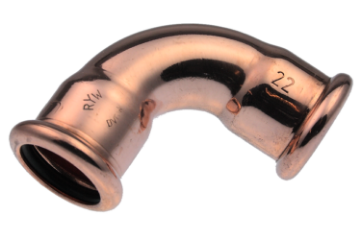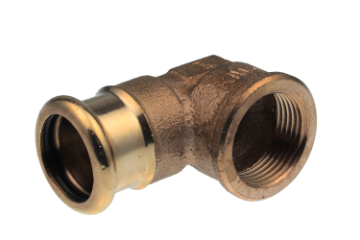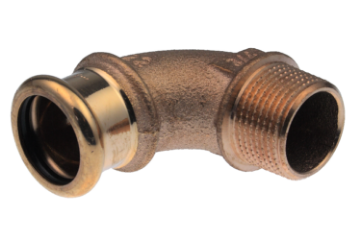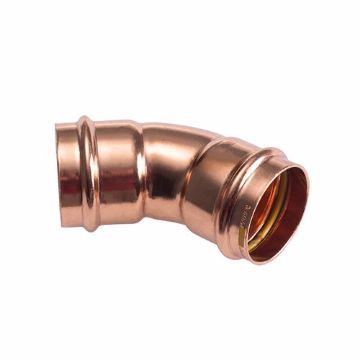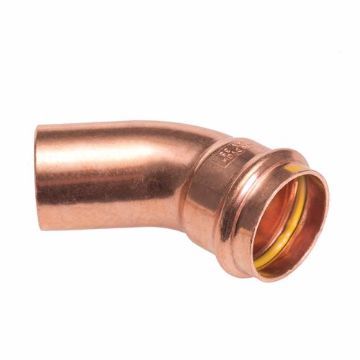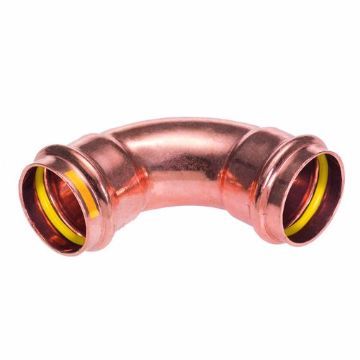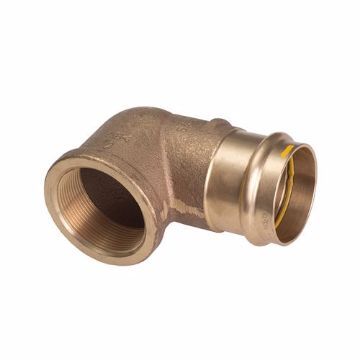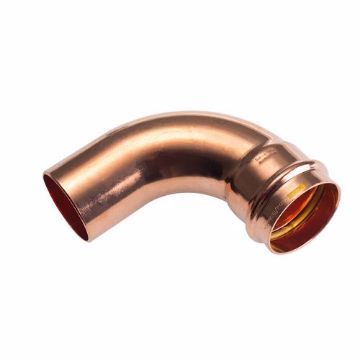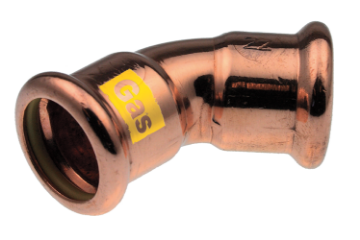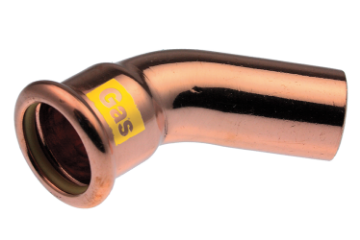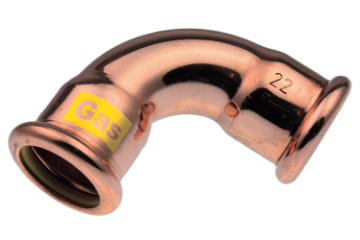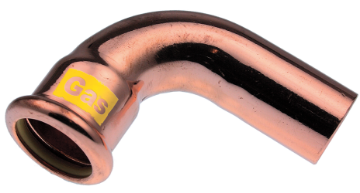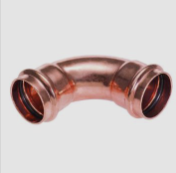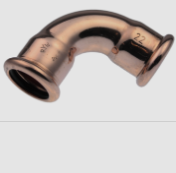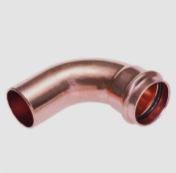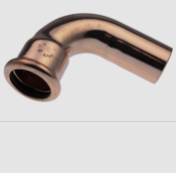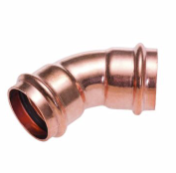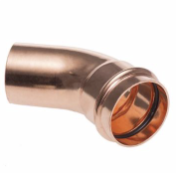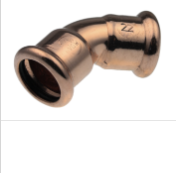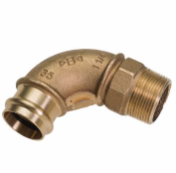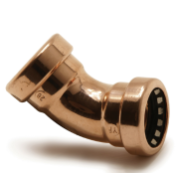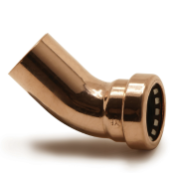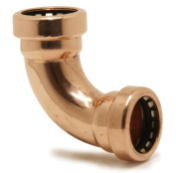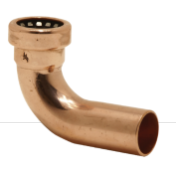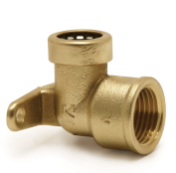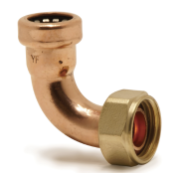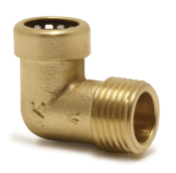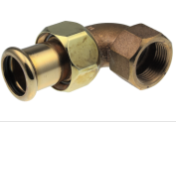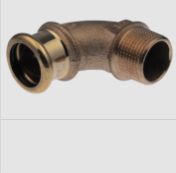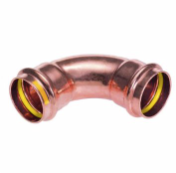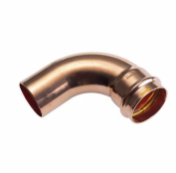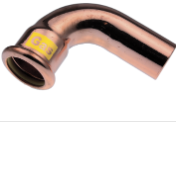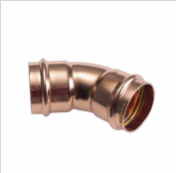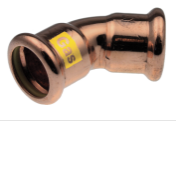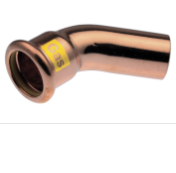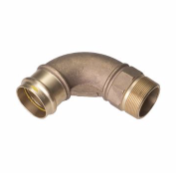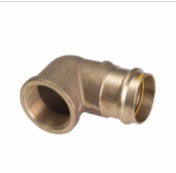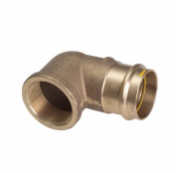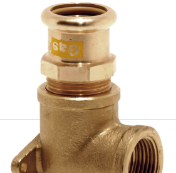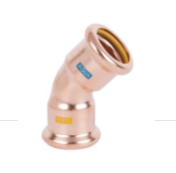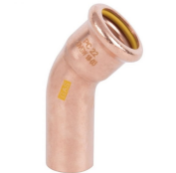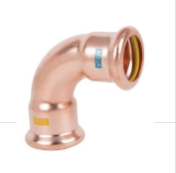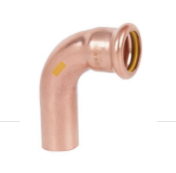Introduction
What Is a Milwaukee Press Tool?
A Milwaukee press tool is a professional-grade device designed for connecting pipes using press fittings. It eliminates the need for welding, soldering, or threading, making plumbing and mechanical installations faster and more efficient.
Why Mastering It Matters
Mastering the Milwaukee press tool ensures efficiency, safety, and precision in various applications, from plumbing to HVAC systems. It enhances productivity while reducing installation errors, ensuring long-lasting, reliable pipe connections.
Getting Started with a Milwaukee Press Tool
Key Features and Benefits
Speed & Efficiency: Reduces installation time significantly.
Durability: Built with high-quality materials for longevity.
Ergonomic Design: Lightweight and user-friendly for extended use.
Versatility: Compatible with various pipe materials and fitting sizes.
Battery-Powered Convenience: Allows for cordless operation in tight spaces.
Understanding Different Milwaukee Press Tools
Milwaukee offers a range of press tools, including:
M12 Force Logic Press Tool: Ideal for small-diameter applications.
M18 Force Logic Press Tool: Suitable for larger-scale installations.
Long-Throw Press Tool: Designed for high-force applications.
Essential Safety Guidelines
Proper Handling Techniques
Always use both hands for better control.
Keep fingers away from the pressing jaws.
Ensure the tool is in good working condition before use.
Must-Have Safety Gear
Safety Gloves: Protect hands from sharp edges and pressurized fittings.
Eye Protection: Shields against flying debris and accidental fluid leaks.
Protective Clothing: Prevents burns and abrasions.
Step-by-Step Guide to Using a Milwaukee Press Tool
Setting Up Your Workstation
Choose a stable work surface.
Ensure proper lighting.
Arrange tools and accessories for easy access.
Loading the Press Tool Correctly
Select the appropriate jaw or ring size.
Securely attach the press jaw to the tool.
Align the fitting properly before pressing.
Executing the Perfect Press
Insert the pipe into the fitting.
Position the press jaw over the fitting.
Activate the tool and apply steady pressure until the cycle completes.
Inspect the connection for proper sealing.
Best Practices for Efficiency
Maximising Precision and Accuracy
Use a deburring tool to smooth pipe edges before pressing.
Mark pipe insertion depth to ensure proper fitting placement.
Perform a test press on a scrap pipe before starting a project.
Common Mistakes and How to Avoid Them
Using the wrong jaw size: Always check specifications before pressing.
Pressing incomplete connections: Ensure pipes are fully inserted into fittings.
Neglecting maintenance: Clean and lubricate the tool regularly.
Milwaukee Press Tool Maintenance
Routine Cleaning and Care
Wipe the tool after each use.
Store in a dry place to prevent corrosion.
Check battery levels before each job.
Troubleshooting Common Issues
| Issue | Possible Cause | Solution |
|---|---|---|
| Tool not pressing properly | Worn-out press jaws | Replace jaws |
| Battery not holding charge | Old or damaged battery | Replace battery |
| Press tool overheating | Overuse without breaks | Allow cooling time |
Comparing Milwaukee Press Tools to Other Brands
Key Differences and Advantages
Superior Battery Life: Lasts longer compared to competitors.
Enhanced Durability: Built for rugged job site conditions.
Ergonomic Design: Reduces user fatigue.
Why Professionals Prefer Milwaukee
Trusted brand with proven reliability.
Comprehensive warranty and customer support.
Wide range of compatible accessories.
Pro Tips for Advanced Users
Enhancing Speed Without Sacrificing Quality
Organise fittings and pipes before starting work.
Use Milwaukee's One-Key technology for tool tracking and optimisation.
Train apprentices on proper press techniques to improve workflow.
Customising Your Tool for Different Applications
Attach different jaw sizes based on pipe dimensions.
Invest in extended battery packs for longer usage.
Use Milwaukee’s crimping rings for high-pressure applications.
Applications Across Industries
How Plumbers Use Milwaukee Press Tools
Joining copper and PEX pipes in residential and commercial plumbing.
Reducing installation time by eliminating soldering.
Electrical and HVAC Applications
Securing conduit connections.
Pressing refrigerant lines for HVAC installations.
Milwaukee Press Tool Accessories and Attachments
Must-Have Add-ons for Better Performance
Extended jaws for larger pipes.
LED work light attachment for low-light environments.
Belt clips for hands-free carrying.
How to Choose the Right Accessories
Consider the pipe material and size.
Ensure compatibility with your Milwaukee model.
Opt for Milwaukee-branded accessories for best performance.
Environmental Benefits of Using Milwaukee Press Tools
Reducing Waste and Energy Consumption
No need for consumables like flux or solder.
Lower electricity usage compared to welding equipment.
Sustainable Practices in Construction
Minimises hazardous waste.
Promotes leak-free connections for better water conservation.
Cost Analysis: Is a Milwaukee Press Tool Worth It?
Initial Investment vs. Long-Term Savings
Higher upfront cost compared to traditional tools.
Saves time and reduces labor costs.
Lower maintenance expenses.
Frequently Asked Questions (FAQs)
How do I choose the right Milwaukee press tool for my needs?
Consider pipe sizes, application type, and battery life requirements.
Can I use a Milwaukee press tool for different pipe materials?
Yes, Milwaukee press tools work with copper, PEX, and stainless steel pipes.
What is the lifespan of a Milwaukee press tool?
With proper maintenance, they can last over 10 years.
Do Milwaukee press tools require special maintenance?
Regular cleaning, battery checks, and occasional jaw replacements are needed.
Are there different sizes of press jaws available?
Yes, Milwaukee offers a range of press jaws for various pipe diameters.
Where can I buy genuine Milwaukee press tool accessories?
Purchase at your Milwaukee Press Tool from Press It today.
Conclusion
Mastering a Milwaukee press tool ensures efficiency, accuracy, and cost savings in various industries. By following best practices, maintaining your tool, and investing in the right accessories, you can maximise its performance and longevity.
Shop Milwaukee Press Tools Now
Milwaukee M12 Sub Compact Force Logic Hydraulic Press Tool | Profile-M | Incl. 3 Jaws
View our full range of press tools available.
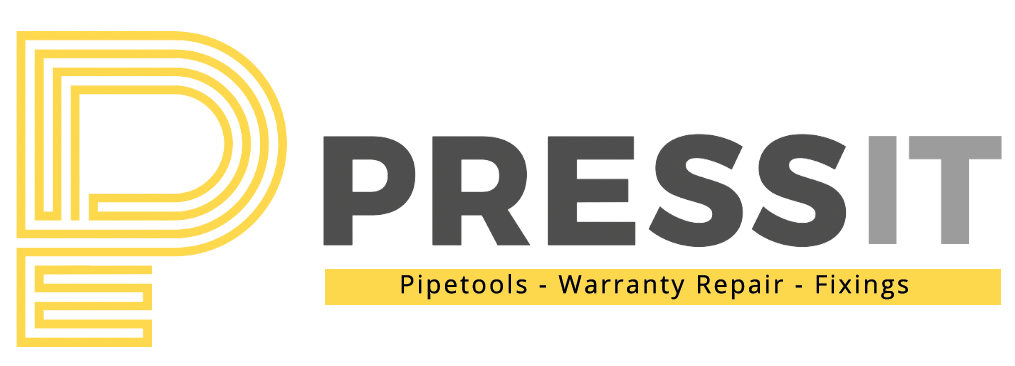


.jpeg)
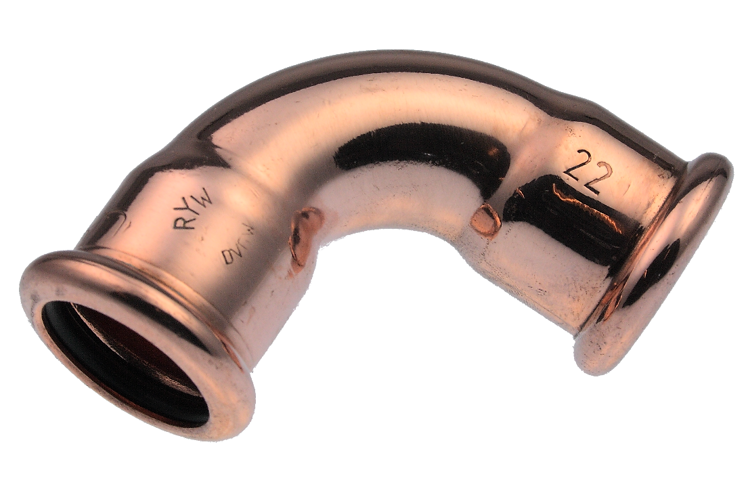

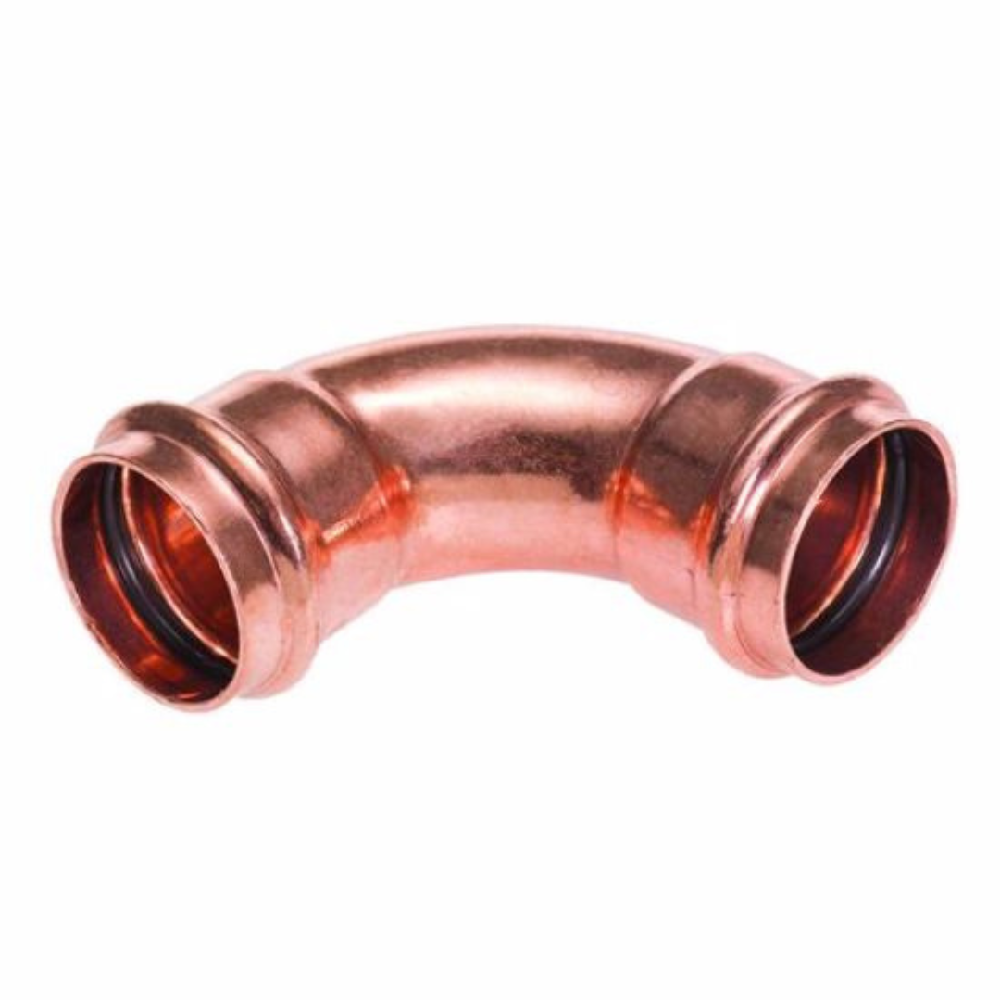
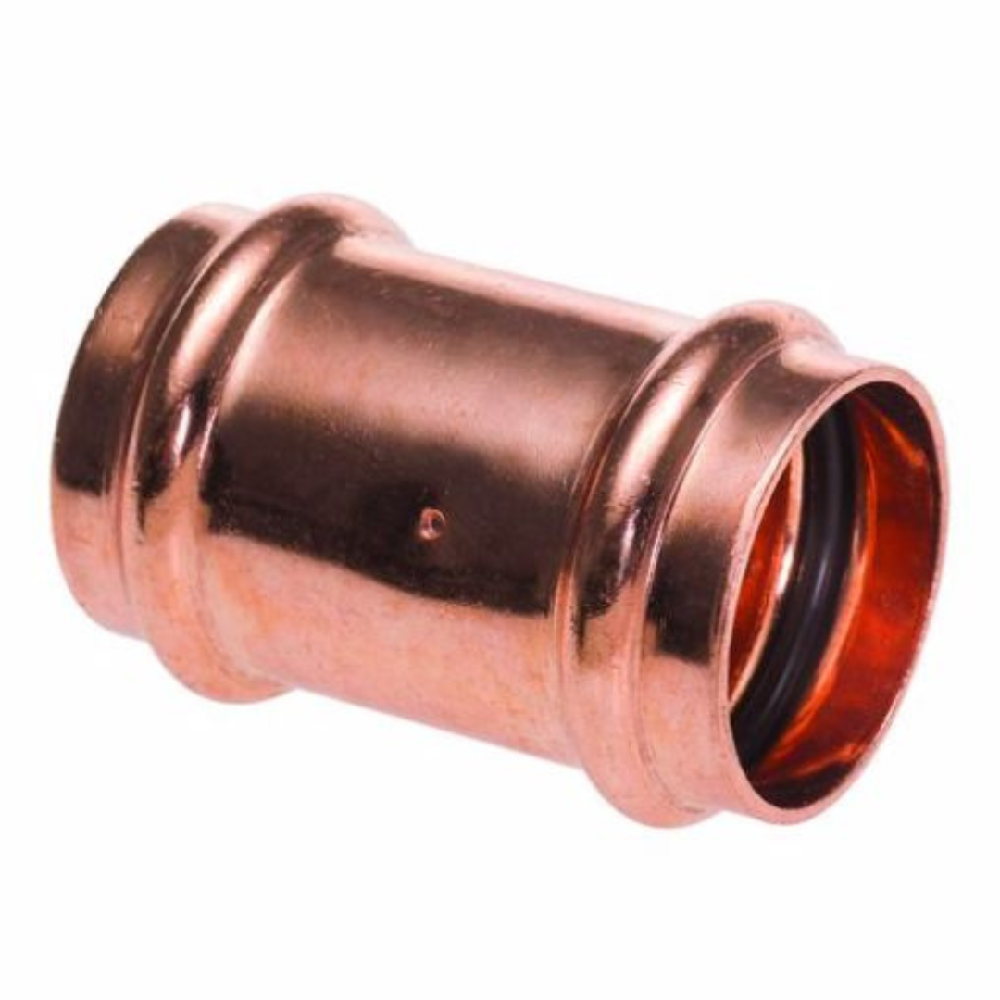
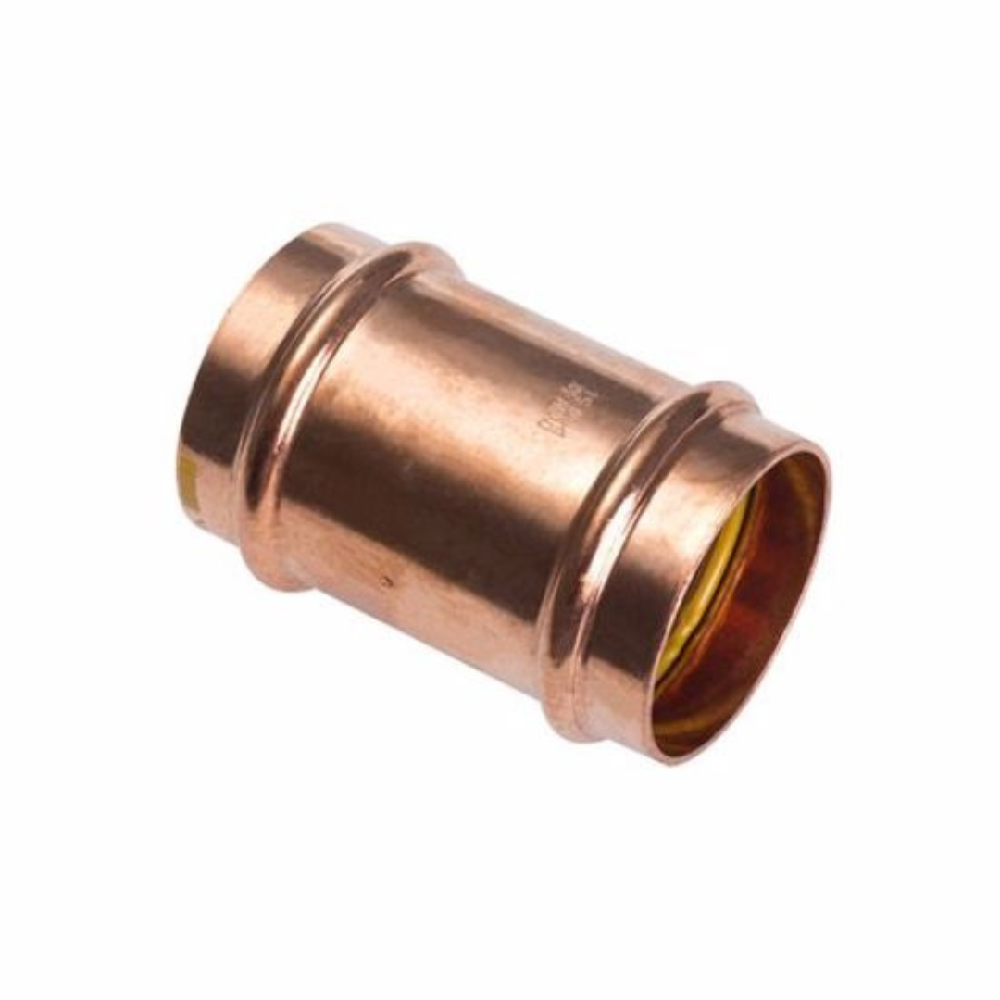
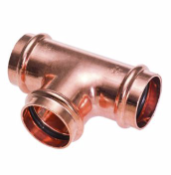
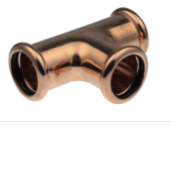
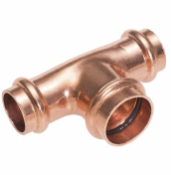
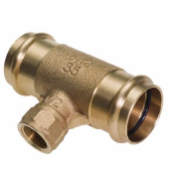
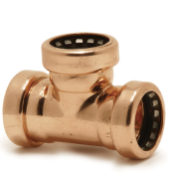
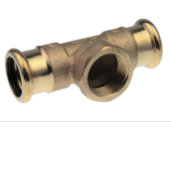
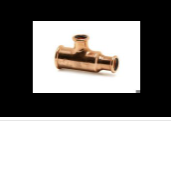
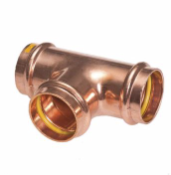

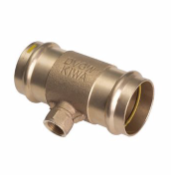
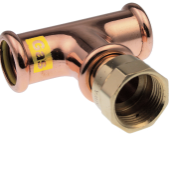
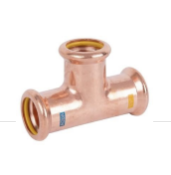
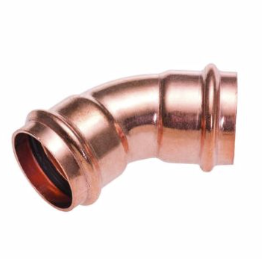
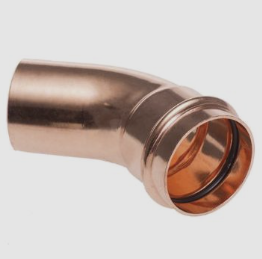
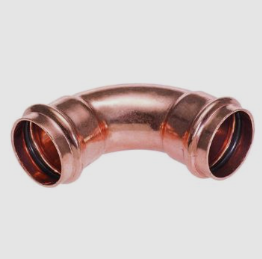
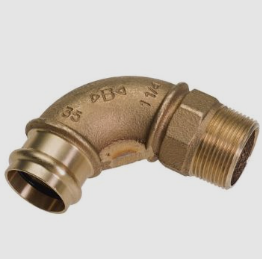
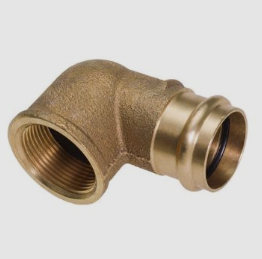
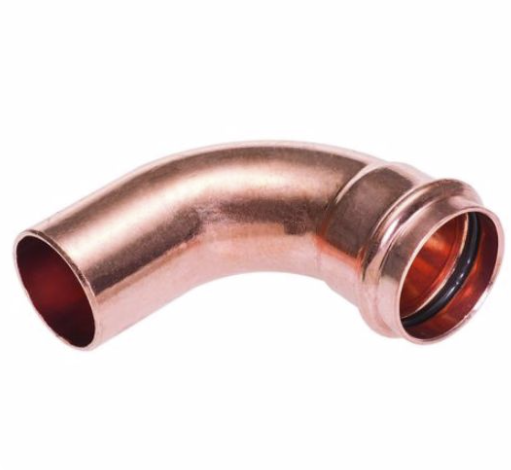
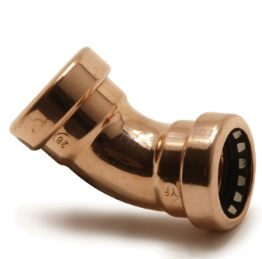
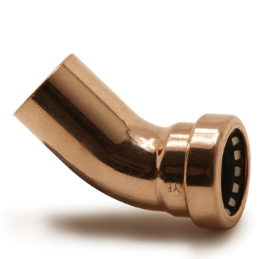
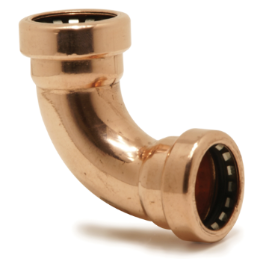
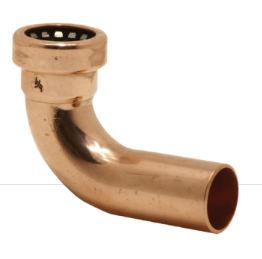


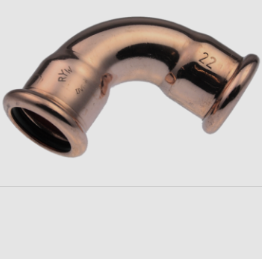

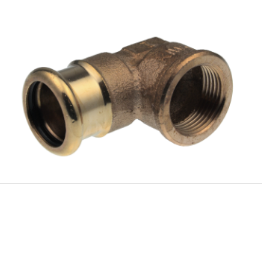

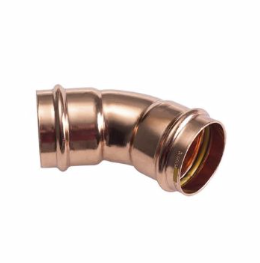
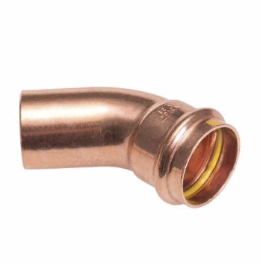
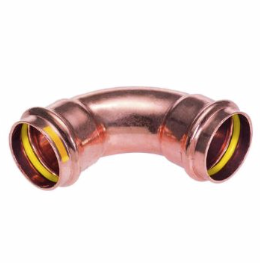
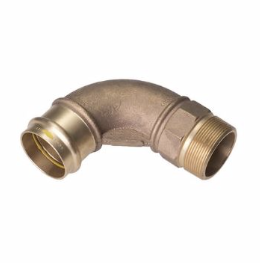
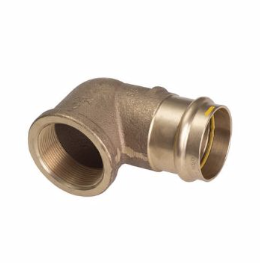
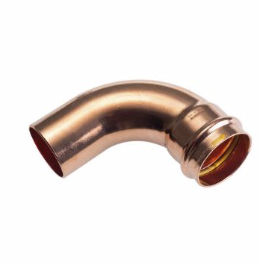
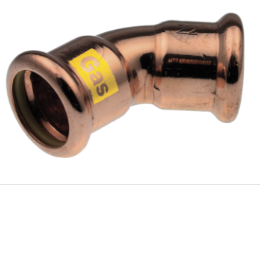
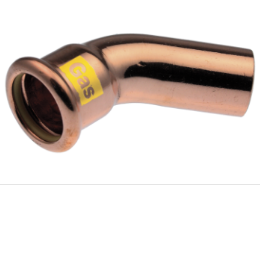
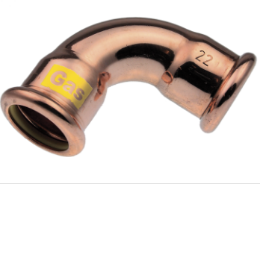
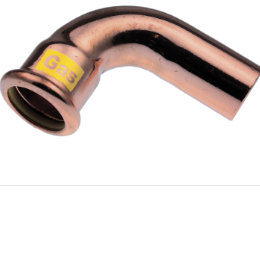
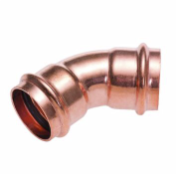

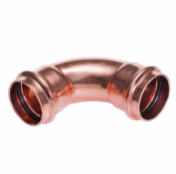
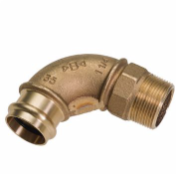
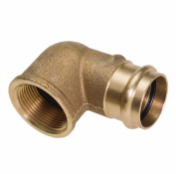
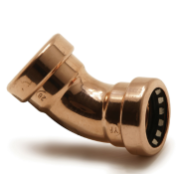
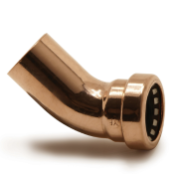
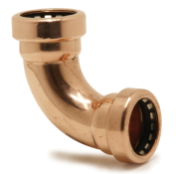
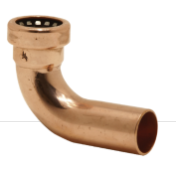
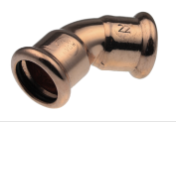
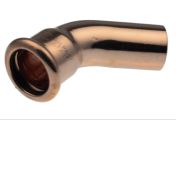
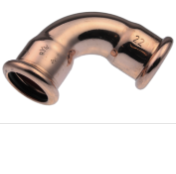
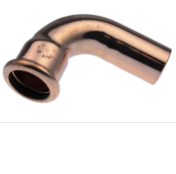
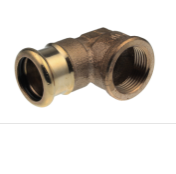
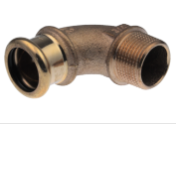

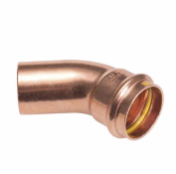
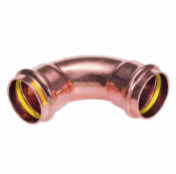

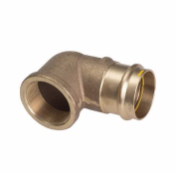
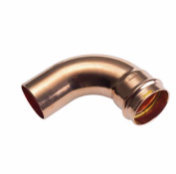

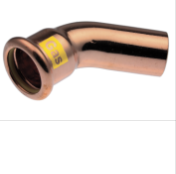
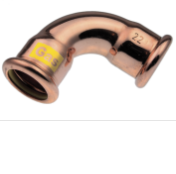
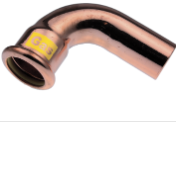
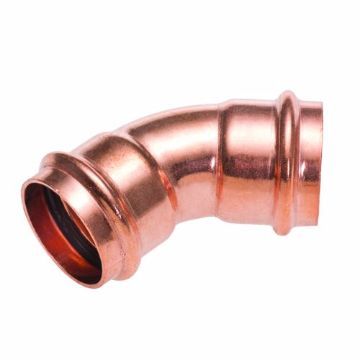
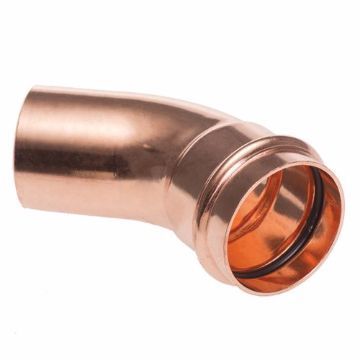
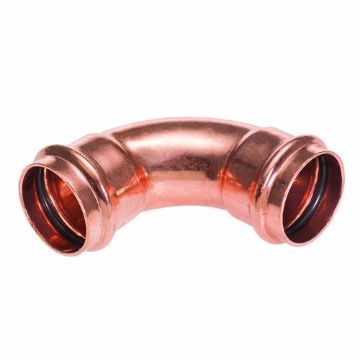
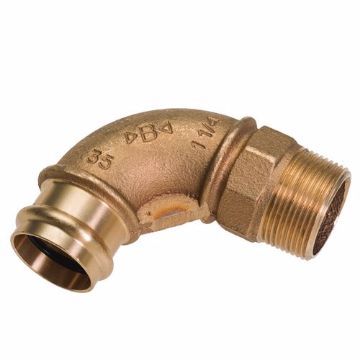
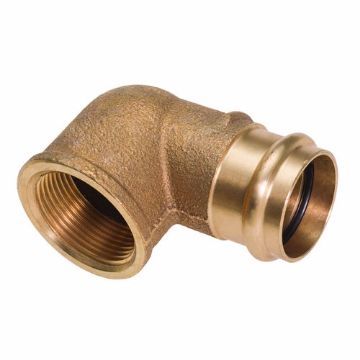
.jpeg)

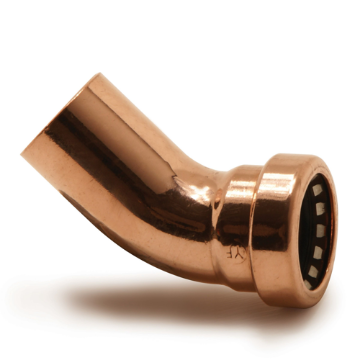
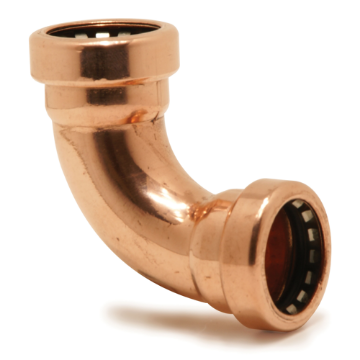
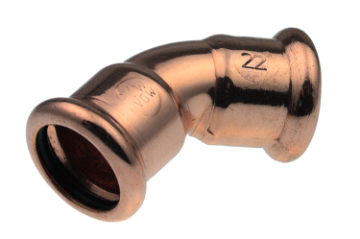
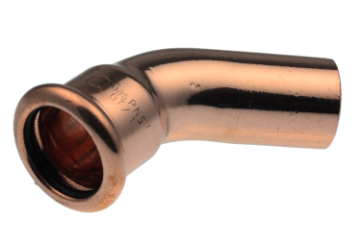
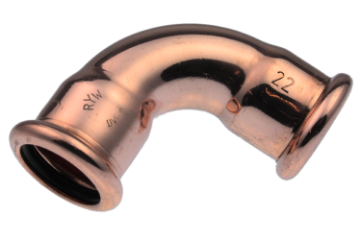
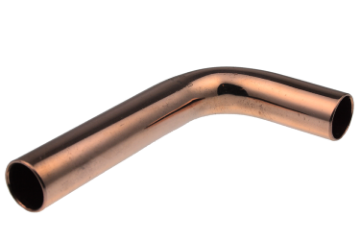
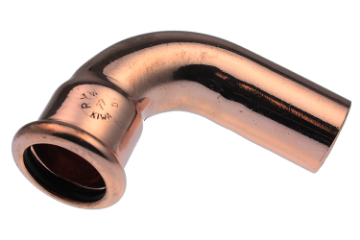
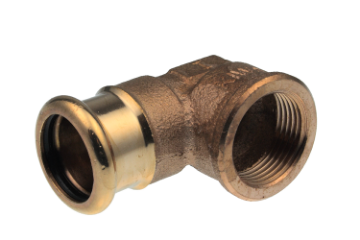
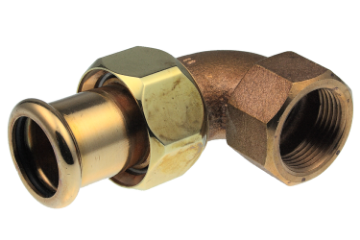
.png)
